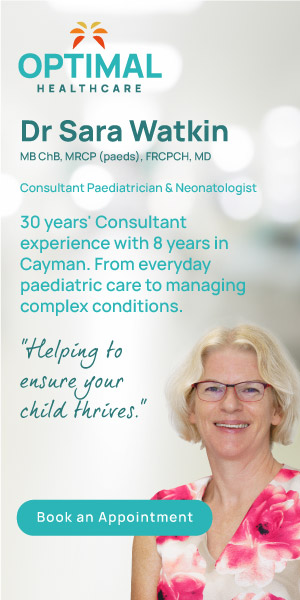Baby slings have become an increasingly popular choice for parents who want to keep their newborn close during the early weeks of life. This practice, often referred to as attachment parenting or baby wearing, offers many benefits but also carries certain risks. This article will explore these potential risks to help ensure your newborn stays safe.
The risks can be broadly categorised into two types.
The first risk involves the possibility of a parent losing balance while carrying their baby in a front-facing sling, which can lead to trips and falls. There have been numerous reports of parents visiting the emergency room after tripping and accidentally dropping or falling on their baby. However, the more significant concern is the risk of suffocation, which will be the primary focus of this article.
Tragically, each year, a few newborns who are otherwise healthy suffocate within the first 2-3 months of life while being carried in a baby sling. In most of these instances, parents believe their baby is peacefully sleeping, unaware of the danger.
Why does this happen?
There are two main reasons. First, if the baby is not positioned correctly, their chin may be tucked onto their chest, obstructing their airway. Second, the fabric of the sling can inadvertently block the baby’s nostrils or mouth.
Babies are particularly at risk of suffocation when placed in a C-shaped position within the sling, a posture often recommended for breastfeeding. When buying a baby sling, it’s crucial to follow the safety guidelines provided with the product.
It’s also important to choose a sling that supports your baby’s developmental stage. The safest slings are those that keep the baby upright and snug against your chest. You should always be able to see your baby’s face, ensuring their mouth and nose are not covered, and their chin is not tucked in.
The Royal Society for the Prevention of Accidents (RoSPA) in the UK advises parents to follow the T.I.C.K.S. rule:
- Tight
- In view at all times
- Close enough to kiss
- Keep chin off chest
- Supported back
In the Caribbean, it’s especially important to avoid overheating your baby while using a sling. Typically, a single layer of clothing is sufficient when carrying your baby in a sling.
In summary, while baby slings can be an excellent tool for fostering parent-child bonding and attachment parenting, it’s vital to choose a safe sling and use it properly.
For newborns, always remember the T.I.C.K.S. acronym.


